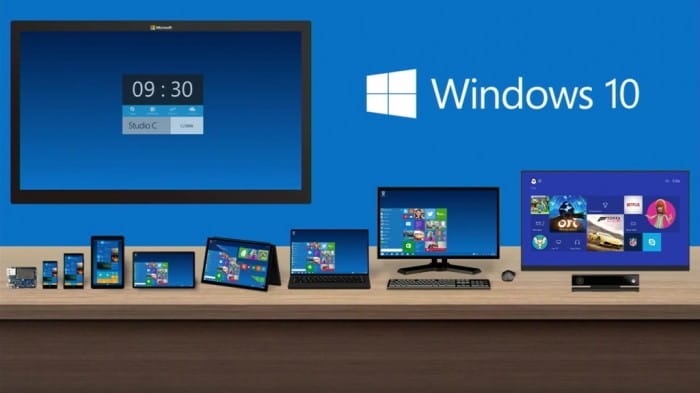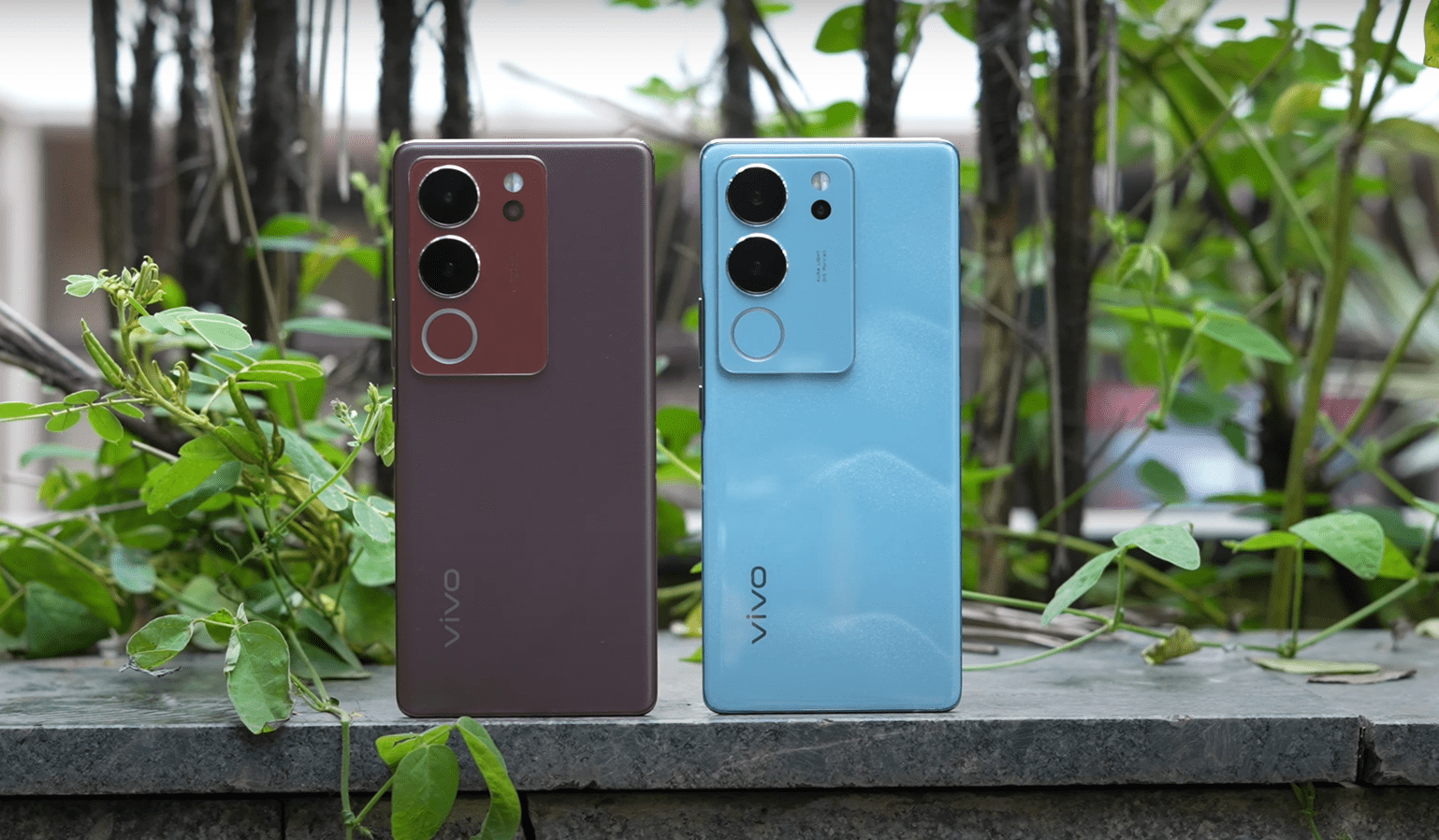

Microsoft will release at least 7 different Windows 10 versions. These various versions will fall in line with the company’s long time strategy of appealing to both businesses and individual customers alike as well as taking care of other entities like academic institutions. Previously, Microsoft has been introducing various Windows editions like Starter, Home, Home Premium, Professional, Ultimate and Enterprise. For Windows 10, the following will be the editions:
- Windows 10 Home – the consumer-focused desktop edition for the ordinary Windows user. It will have all the key features of Windows 10 like the Edge browser, Cortana, Windows Hello face-recognition, iris and fingerprint login and the ability to play Xbox One owners to play games direct from their home PC. Windows 10 Home will also run on tablets and 2-in-1s.
- Windows 10 Pro – a desktop edition for PCs, tablets and 2-in-1s just like Windows 10 Home but geared specifically at small businesses and generally the pro user.
- Windows 10 Enterprise – its target market is the business environment: medium to large companies.
- Windows 10 Mobile – for smartphones and small tablets. Finally Microsoft is going with Windows 10 Mobile as the name of its mobile operating system in place of the current Windows Phone branding which it has been slowly abandoning since Windows 10 plans were detailed publicly.
- Windows 10 Education – it builds on the Enterprise edition and caters for the needs of schools and their staff and students. Staff and students will be able to upgrade to it from their Home and Pro licenses just like Microsoft does the same on Office.
- Windows 10 Mobile Enterprise – this is what your IT guys in the office will have running on your office smartphone as it is geared at the business users on smartphones and small tablets. It has stronger emphasis on Windows 10 Mobile’s security and MDM capabilities and will allow your workplace’s IT team to deploy updates seamlessly.
- Windows 10 IoT Core – for the Internet of Things. The world is changing and the Internet of Things is a big part of the future so IoT Core is a platform that expects to power everything from smart keychains to every other nail-sized device coming to the market.
- Others – these will be “versions of Windows 10 Enterprise and Windows 10 Mobile Enterprise for industry devices like ATMs (remember how Windows XP was the king of ATMs?), retail point of sale, handheld terminals and industrial robotics”.
As much as there will be various editions, it doesn’t mean there will be fragmentation of any sort as applications made for Windows 10 as a platform will be expected to run across all devices regardless of screen size with just minimal tuning by the respective developers and updates will be delivered on time across the board.
With Windows 10, Microsoft is changing its approach to Windows treating it as a service as the company totally embraces its new “cloud-first” approach. Windows 10, currently in its preview phase through the Windows Insider program, will be available later in the year as a free upgrade (to Home, Pro and Mobile only) to all existing Windows 7, 8 and 8.1 users who have valid licenses for the first year of its availability.




















